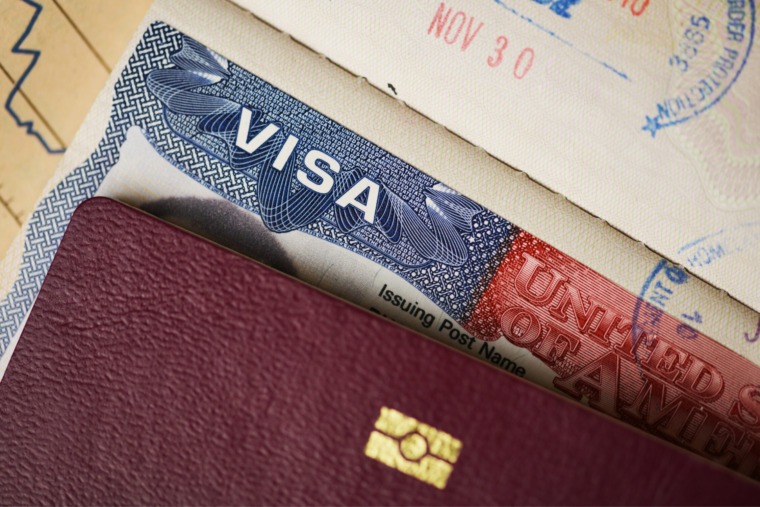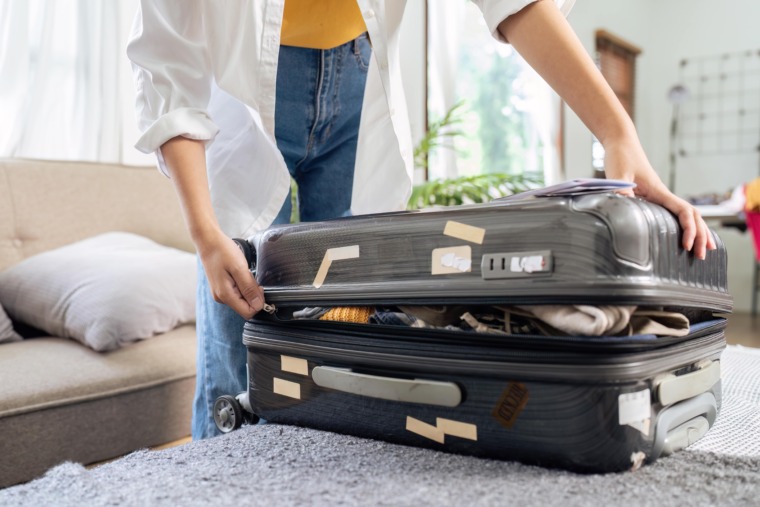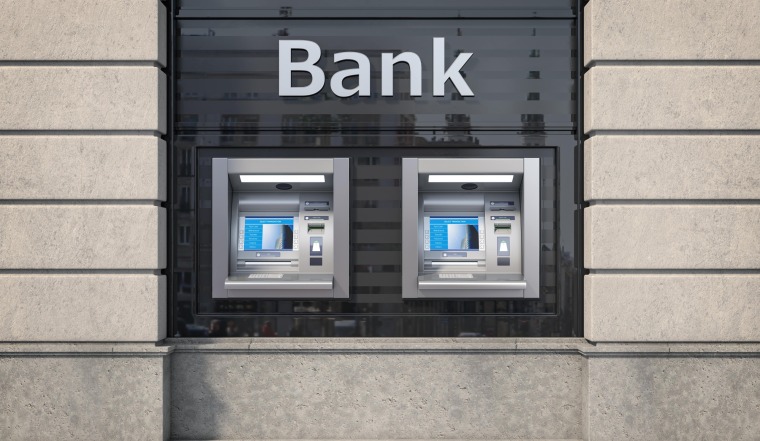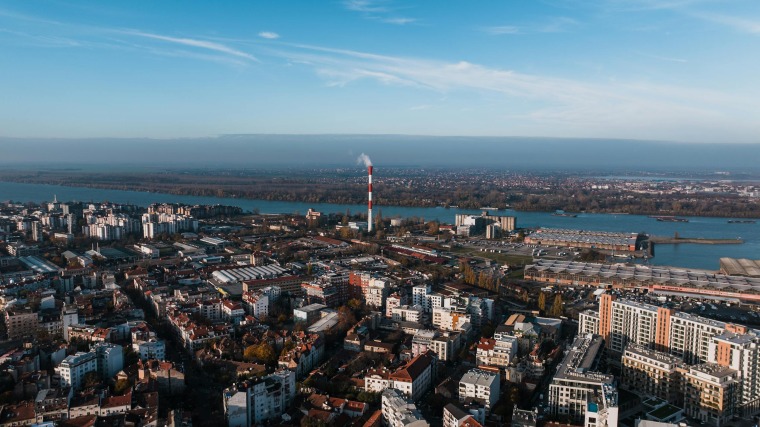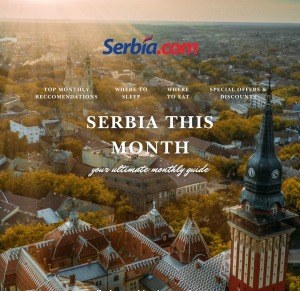

Whether you’re living, working, studying, or staying long-term in Serbia, opening a local bank account can save you time and money. With a Serbian account, you can easily pay rent, receive a salary, use online payments, and avoid international transaction fees.
Fortunately, the process is relatively straightforward—as long as you bring the right documents and choose the right bank.
Who Can Open a Bank Account in Serbia?
Foreigners can open a bank account in Serbia, whether you’re a:
- Temporary or permanent resident
- EU or non-EU citizen
- Student, employee, freelancer, or retiree
Even tourists can open a basic account in some cases, but it’s much easier with residency or a registered address.
What Documents Do You Need?
Most banks in Serbia require the following:
✅ Passport or national ID (for EU citizens)
✅ White card (proof of residence registration with the police)
✅ Residence permit (temporary or permanent)
✅ Proof of address (rental contract or utility bill)
✅ Tax Identification Number (JMBG or PIB) – if you’re working or running a business
🔍 Tip: Bring original documents and copies. Some banks may ask for certified translations, especially for non-EU documents.
Step-by-Step: How to Open a Bank Account
- Choose a bank (see below)
- Visit a branch in person with the required documents
- Fill out the application form (assistance available in English at many branches)
- Wait for approval – often same day or within 1–3 business days
- Receive your debit card (usually by mail or pick-up within a week)
Most accounts come with e-banking, mobile apps, and the ability to open foreign currency sub-accounts (EUR, USD, CHF).
Best Banks in Serbia for Foreigners
Here are some of the most expat-friendly and reliable banks:
🏦 Raiffeisen Bank
- Widely trusted, good English-speaking staff
- Mobile and online banking in English
- Popular among expats and digital nomads
🏦 OTP Bank (formerly Vojvođanska banka)
- Strong national network
- Modern banking app
- EUR and RSD sub-accounts available
🏦 UniCredit Bank
- International presence
- Smooth account opening process
- Recommended for international transfers
🏦 Erste Bank
- Easy mobile banking
- Friendly to freelancers and remote workers
🏦 AIK Banka & Intesa
- Strong domestic options with many branches
- Good if you’re based in smaller cities
Fees and Services
- Monthly account maintenance: ~200–400 RSD (1.5–3.5 EUR)
- ATM withdrawals: Free at your bank’s ATMs; ~2–3% at others
- Online banking: Usually free
- Foreign currency accounts: Often free or low-cost
- International transfers: Available via SWIFT; Wise or Revolut still cheaper for large sums
🔐 Note: Serbia does not yet support SEPA transfers, so international transfers can incur higher fees and take longer.
Can You Open an Account Online?
Some banks offer partial online application, but most require in-person verification due to legal identification rules. For now, plan to visit a branch to finalize your account.
Useful Tips for Foreigners
- Learn basic banking terms in Serbian, though many staff speak English
- Keep copies of everything, especially your white card and ID
- Register your new bank account with your employer, school, or immigration office as needed
- Avoid using only foreign cards—local accounts save on conversion and ATM fees
Conclusion: Banking Made Easy in Serbia
Opening a bank account in Serbia as a foreigner is simple if you’re prepared. With the right documents and a helpful bank, you’ll be fully set up in just a few days. Whether you’re a remote worker in Belgrade, a student in Novi Sad, or a retiree exploring the Serbian countryside, having a local account makes everyday life easier.

